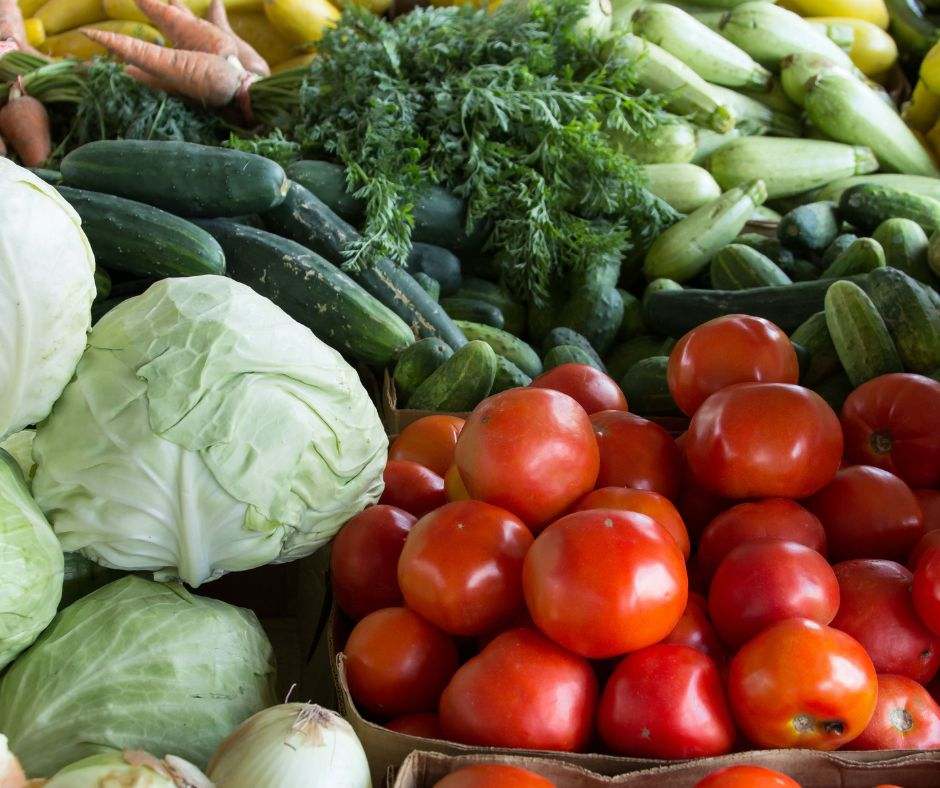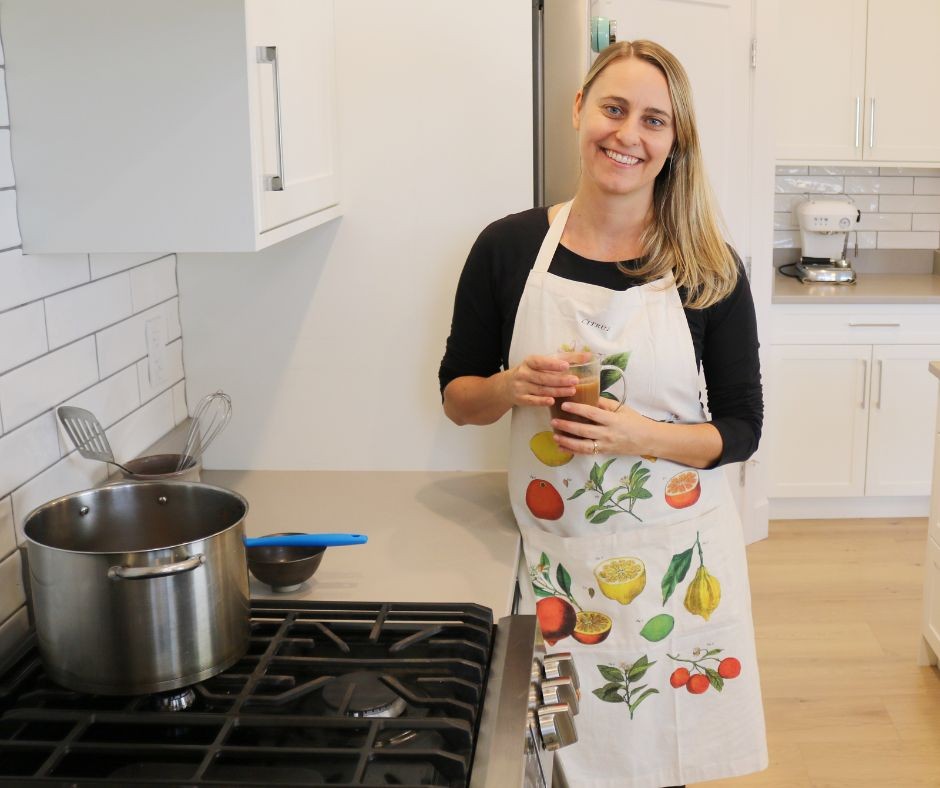It’s pretty hard to avoid all the nutrition talk about the harmful effects of gluten-containing grains. Maybe you’ve even heard of diets that eliminate all grains.
So what’s the story? Are grains harmful? Or is it ok to eat grains?
When prepared correctly, whole grains are a powerhouse of energy and nutrition. They provide complex carbohydrates, which our body needs for fuel, plus a host of nutrients like B vitamins, vitamin E, minerals, and fibre. Almost every traditional culture around the world uses grains as a staple ingredient.
It’s important to make a few things clear, though. First, use a variety of whole grains. That means branching out and trying the many grains available today. If you’re sensitive to gluten, there are many gluten-free grains. Whole grains haven’t had their nutritious germ removed, so opt for unrefined grains with minimal processing. When the germ is removed much of the nutrition is lost as well.
Prepare grains properly. Our ancient ancestors used methods that made them easy to cook and much more digestible. Soaking or fermenting helps break down grains and aid in digestion. More on that below.
There are times when limiting grains may be necessary for therapeutic purposes. If you have sensitivities or are altering your diet because of blood sugar, hormonal, anti-inflammatory, or autoimmune concerns, cutting out grains may be a part of your protocol for a time. However, it’s essential to heal the underlying issue (we do that in Calm and Renew) or work with a practitioner to ensure you receive the nutrition usually gained from eating whole grains.
Finally, grains are one component of a healthy diet. Ensure you also fill your plate with nutritious vegetables, healthy proteins, fats, and spices.
Before you begin, though, make sure to check out my tips for cooking all grains. That way, you’ll find some ways to ensure maximum digestibility from your grains.
How to Prepare Grains the Right Way
- Soak grains in fresh, clean water about 8-12 hours before cooking. This helps break down proteins in the germ and naturally occurring phytic acid and saponins, which can inhibit mineral absorption. Soaking will also aid in digestion and reduce cooking time.
- Wash grains after soaking and before cooking. This removes residues and layers of the grain that are more difficult to digest.
- Store whole grain flour in the fridge. This will significantly increase their shelf life and reduce any rancidity over time.
- Remember to chew! Chewing also helps break down grains so that you can absorb and assimilate all the nutrients.
- Eat a variety of whole grains. The best way to ensure you’re getting enough nutrition is to eat a variety of foods. It can be easy to slip into habits when it comes to grains, so try a few of the suggestions below to get you started.
Below, you’ll find a few delicious grains to include in your diet. The first three grains listed are gluten-free. The fourth grain (barley) contains gluten. I’ve included a summary of their energetic makeup and some traditional uses. Use these qualities to decide which grains would be good for you based on your constitution, health condition, and the season.
Amaranth
Amaranth is a gluten-free grain with a very high nutrition profile, including high levels of protein (about 9g per cup), iron, and calcium, along with B vitamins and minerals. Because of this, amaranth is a great grain for children and the elderly and wonderful for pregnancy. Use it as a breakfast cereal or served with vegetables for lunch or dinner.
Energetically, amaranth is drying and cooling. Use it to treat “dampness,” which can manifest as swelling, edema, lung congestion, and urinary tract infections. It is beneficial if your condition has associated “heat” signs such as a feeling of heat, irritability, sticky yellow phlegm, or redness.
Uses/Cooking Ideas:
- One part grain to 2 parts water for cooked grain. Simmer uncovered until grain is cooked for about 20 minutes.
- One part grain to 3 parts water for porridge. Simmer uncovered until grain is cooked well for about 20 minutes.
Buckwheat:
Buckwheat is a plant, not a grass, so technically, it’s not a grain as it doesn’t contain a bran or germ. However, its flavour and consistency are so similar to grains that it’s often categorized that way. Buckwheat is gluten-free, contains protein, B vitamins, and minerals, and has a neutral thermal nature and an energetic sweet flavour. It is also considered tonifying and can help improve appetite.
There are a few different forms of buckwheat you can purchase. “Groats” are hulled whole buckwheat, and “kasha” are toasted buckwheat groats. Mix buckwheat with other grains or use buckwheat flour for baked goods.
Uses:
- Sprout buckwheat: Soak 1 cup of raw buckwheat groats in 3-4 cups water overnight. In the morning, rinse and replace with fresh water (the soak water will be slimy overnight—this is normal). After 8-12 hours of soaking, rinse the buckwheat again. After rinsing, the buckwheat will sprout.
- OR try lightly toasting it in the oven after the last soak until it’s dry and crispy.
Millet:
Millet is a gluten-free grain that is alkaline, low in sugar, and high in fibre. It’s usually considered the least allergenic grain, so it’s a good one to try if there are sensitivities to other grains. It contains protein, fibre, and B vitamins and is exceptionally high in iron, magnesium, and potassium. It is sweet, salty and cooling in nature. It moistens dryness and builds fluids (yin). It’s a diuretic specifically suitable for strengthening the kidneys. Its anti-fungal nature can also help with candida overgrowth. This grain is unsuited for those with weak digestion and watery stools.
Uses:
- 1 cup grain to 3 cups water. Add salt to cook water. Simmer 25-30 min. Then leave covered for 5 min.
Barley:
Barley is a gluten containing grain. Whole barley which contains protein, B vitamins, and minerals, has more nutrition than the pearled variety. It is a nourishing grain that is cooling and strengthening to the digestive system. Because it nourishes fluids, and has a cooling quality, it’s great to use when feeling overheated in the summer, or in cases of inflammation. Due to its strengthening qualities it can be used when there is depletion in the body. Most commonly barley is used in soups due to its pasta like consistency.
Medicinal Uses:
- Drink roasted barley tea 1-2 cups daily for chronic diarrhea
- Eat ground raw barley (2 tbsp two times per day) for yeast infections
- Eat cooled barley congee for urinary tract infections








